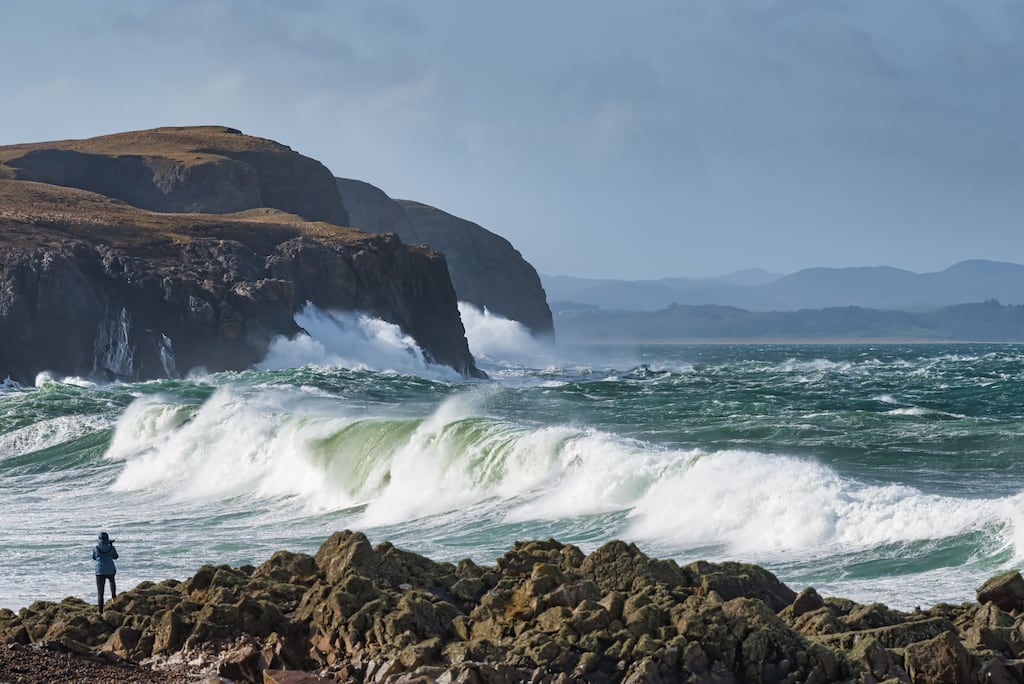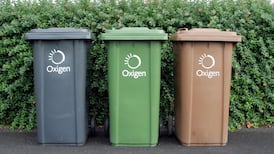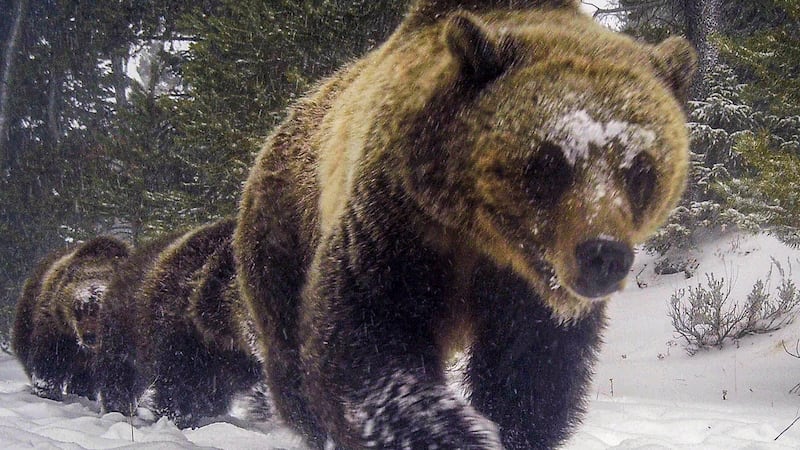When Fáilte Ireland launched its latest, hopeful tourist product at a trade event ten years ago, who knew it was on the road to such a success story?
The Wild Atlantic Way — a tantalising banner for 2,600km of rugged road covering the length of the west coast — came in response to the economic crash; borne amid fears Ireland’s lucrative tourism cash might be among the many things to dry up.
Miriam Kennedy, head of the Wild Atlantic Way, later recalled how the crisis had “decimated” tourism in the west.

The auto-enrolment pension scheme seems good on paper, but how will it actually work?
So why ask people to visit one place, when they might reach it all (or at least a lot of it)? Ten years on, this overwhelmingly successful branding brainwave is now said to drive about €3 billion in related revenue annually.
READ MORE
There were early detractors, but money talks.
These are dizzying numbers considering the initial Fáilte Ireland investment of just €10 million, announced in February, 2014. Its “vision for the future of tourism”, as it was described this week by Minister for Tourism Catherine Martin, would cast a wide net for the industry, initially capturing 500 visitor attractions, 580 festivals, 17 trails and 50 looped walks. Around the world, potential visitors were tempted by vivid photographs of the Cliffs of Moher and rolling green pastures.
Whatever it incorporates today, the moth-to-light bulb success of the tourist initiative has helped create about 35,000 jobs, according to a Fáilte Ireland analysis released on its anniversary this week. Its appeal shows as much sign of calming as the wild seas along the Atlantic coastline — last year two million more people visited the route than when it was first offered up.
“From the outset, it felt positive and like something good was happening and that we were part of something much bigger,” said Karen Coakley of Kerry Food Tours recently, “from the tip of Donegal to the furthest point of west Cork. It gave a feeling of connectivity and of being included.”
- Sign up for Business push alerts and have the best news, analysis and comment delivered directly to your phone
- Find The Irish Times on WhatsApp and stay up to date
- Our Inside Business podcast is published weekly – Find the latest episode here

















